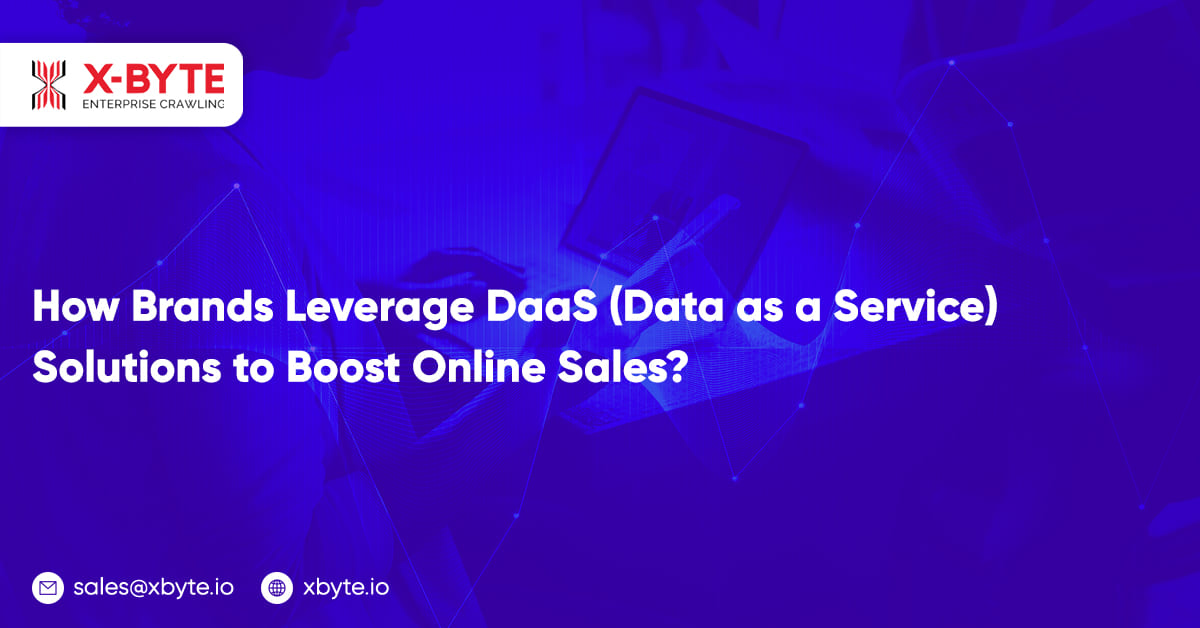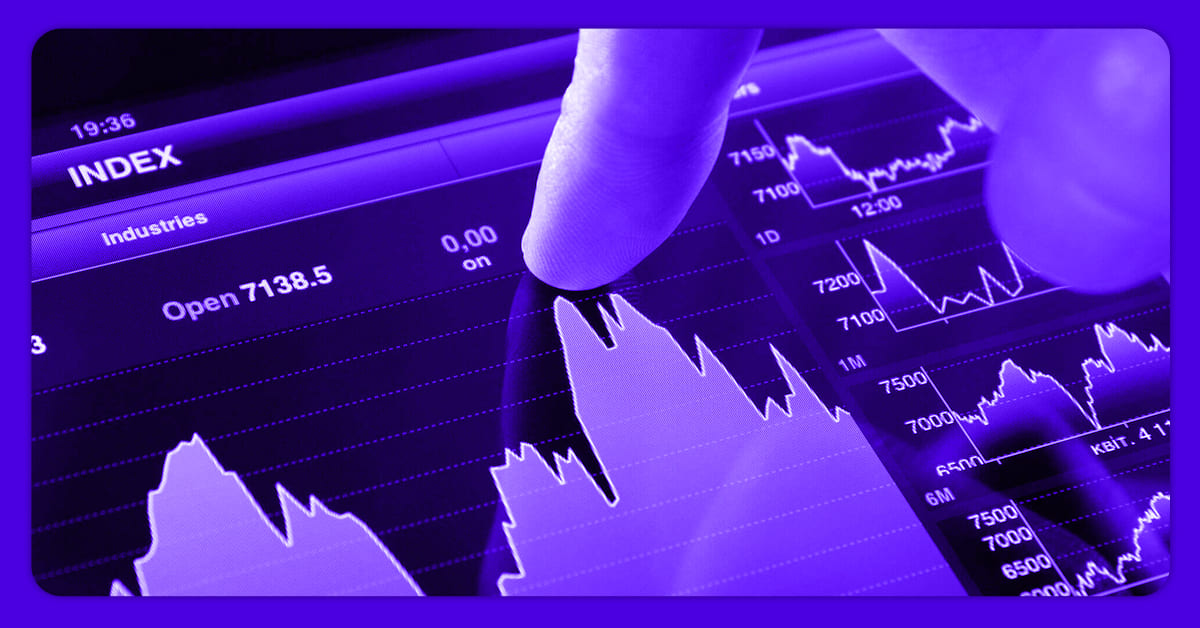
It was critical in the pre-ecommerce period, when all sales were made in physical retail outlets, for a corporation to have a strong distribution channel to guarantee that their goods reached the last mile client. Due to the general distribution network, they built over so many decades of living, established businesses have an edge over new entrants in this type of industry.
The development of e-commerce has affected the playing ground, allowing the new entrants to operate on an equal footing with established firms. While there are several key connectors on which brands should focus to increase their online presence, and understand the competitive landscape. The hub that unites all the spokes, or structured data, in this case, acts as a firm foundation for any decision-making that the companies wish to undertake. The best DaaS solutions can assist e-commerce businesses in increasing sales and revenue.
It appears that e-commerce is stealing the sales from brick-and-mortar stores which is fact for some stores such as electronics and mobile phones. The macro mode most likely reveals that ecommerce does have a lengthy way to go to reach up with retail market as a percentage of the total sales contribution. According to a recent Mckinsey analysis, the proportion of ecommerce sales to retail in large economies is in the single digits, and the rate of growth has only surged multi-fold in recent years due to the epidemic.
Unlike other types of data, e-commerce data is dynamic by nature – whether it’s for price intelligence, product availability, customer feedback, or a general understanding of how and why the competitive landscape is changing. To understand how they are doing on numerous aspects throughout time, a corporation needs to have a steady stream of data at their disposal. A well-designed custom scraping solution helps to automate the entire data acquisition pipeline, and data collection from the web or Best DaaS solutions play a significant part.
Imagine a continuous organized stream of data arriving to you on a recurrent basis, where you don’t have to spend time cleaning up the information because it goes directly into your analytic engines, concentrating on extracting insights from it.
What Do Brands Require?

After dealing with every size of every organization for various years, brand requirements are rarely uniform, and one size will provide meaning to a brand. The use-cases are numerous, but they can be divided into Macro and Micro situations by brands.
A business may seek to understand the e-commerce competitive landscape across various online mediums by using macro use-cases. This entails regularly obtaining data from their competitors and analyzing it over time to determine how their brands compare to their competitors on various metrics.
The alternate use is to figure out what product gaps the competition is filling and whether or not it makes commercial sense for me to enter that area. The scope of the requirements and amount of data that has to be retrieved typically influences how resources are allocated to fulfill the goal, with the end aim being successful data delivery.
The alternate use is to search out the product gaps filled by the competition and whether or not it makes commercial sense to enter the area. The scope of the requirement and amount of the data that needs to be retrieved will allocate the resources to fulfil the goal with the aim of being successful data delivery.
Micro use-cases are when a firm takes a data-driven policy to decision-making to enhance the internet presence, thereby increasing sales. Here are some of the use-cases received from customers.
Price Intelligence

Is the product priced correctly? How often does competitor’s price changes? It often comes down to the pricing at which goods are sold and whether or not it’s competitive. The speed with which data is extracted varies by industry. There are numerous instances where a daily or weekly crawl would sufficient; nevertheless, high-price-sensitive products such as groceries and mobile phones may necessitate many crawls each day to obtain pricing information.
Availability

Monitoring the product availability across e-commerce channels daily solves an essential problem of inventory consistency between sellers’ inventory and that presented on e-commerce channels. In addition, it assists clients in tracking down illegal sales of their items.
Product Rank

When users perform a search, they frequently don’t look past the first page of results. How does my product score for different search phrases, and how does it compare to my competition at the moment of being featured on the first page of search results?
Sentiment Analysis

To do a sentiment classification, all customer reviews data should be extracted and gathered daily. This entails configuring crawlers to extract all of a product’s reviews, as well as monitoring regularly to extract additional reviews.
Our only aim is to deliver the client with the best DaaS solutions. Working with the customer to understand their requirements and suggesting various methods that will enable them to have appropriate data to resolve the issues.
The flip side of the information is figuring out what to do with it. Many companies have their very own internal information teams and want others to merely solve the computational problems for them. However, many companies do not have a dedicated data team, so we take on many customs, ad hoc projects to assist with both the scenarios and performance measures they would like to look at regularly, which involves initialization and generating custom real-time dashboards.
Looking to utilize DaaS solutions for boosting online sales? Contact X-Byte Enterprise Crawling today and request a quote!!
